Alternative Insulation
We've already talked about the more mainstream types of insulation, including fiberglass, cellulose, and spray foam. Now we'll cover a few alternative forms of insulation.
Mineral Wool
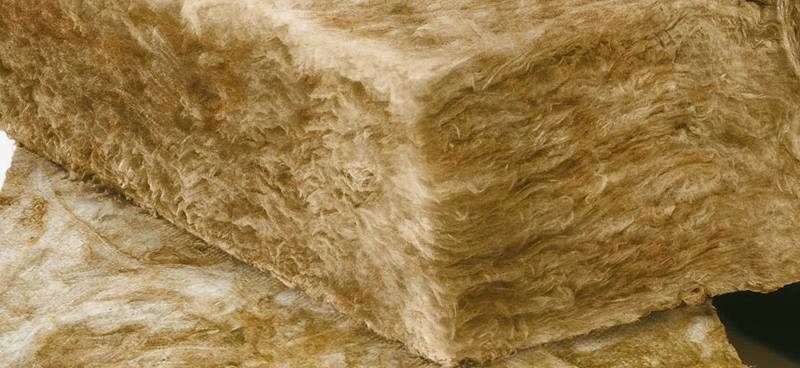
Mineral wool insulation is mainly made from molten rock. It can be collected from natural sources, like basalt, or smelted in a factory. It can also be mixed with melted glass.
Its R value is comparable to fiberglass, when used in batt form. However, it has a lower R value when used as loose fill in an attic.
Mineral wool has been around in some form or another since the 1800s. As science has progressed and safety standards have become more rigorous, more testing has been done on the materials used in these products. Various agencies, such as OSHA and the International Agency for Research on Cancer, have voiced concerns. The material has been given different risk classifications, including possible carcinogenic properties.
Sheep Wool
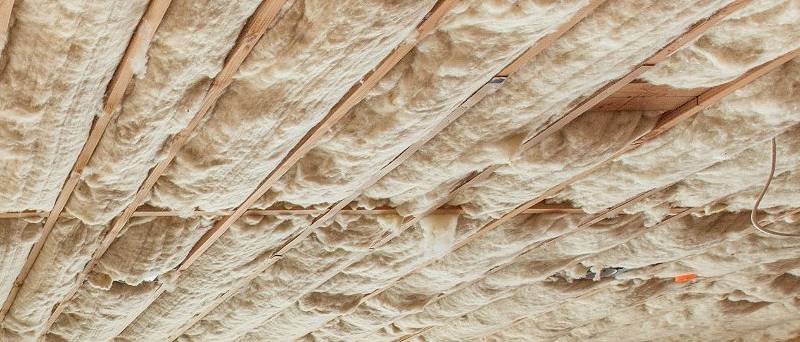
Sheep wool is made from genuine wool, and is naturally fire resistant. To add to its safety, the wool is treated with boric acid, which acts as both a fire retardant and a pest treatment. This is important to note, because you may be tempted to handle the wool without gloves. It may feel soft and natural, but boric acid isn't something you want to be exposed to. Wear proper safety gear.
Using sheep wool is familiar to anyone who has used fiberglass. It comes in both batts and loose fill. However, it is not as stiff as faced fiberglass batts. Consequently, it requires staples and other measures to hold it in place.
Sheep wool has an R value similar to fiberglass.
Hemp Wool
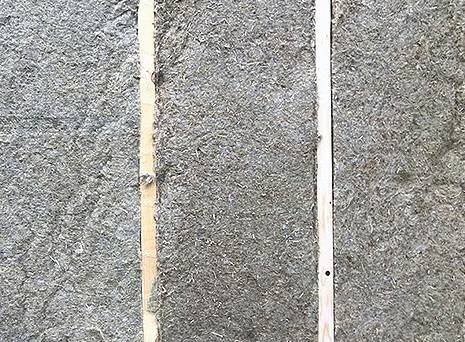
HempWool® is a product made by Hempitecture, Inc. It consists of 92% hemp fiber, and the remaining material is polyester. Its R value is comparable to traditional fiberglass, at around R3.7 per inch. It does cost a little more than fiberglass, however.
Hemp fiber is naturally resistant to mold.
Because it comes in batts, it can easily be stuffed into a wall without a blower. It can also be handled without gloves, because you don't have to worry about fiberglass slivers. It's natural, and not likely to irritate the skin during installation.
There is some question about flammability with hemp fiber. Usually dead plants are great tinder for fire, but despite that, HempWool® is not treated with flame retardants. This may be concerning, but this product meets or exceeds ASTM standards of safety.
Cork Spray
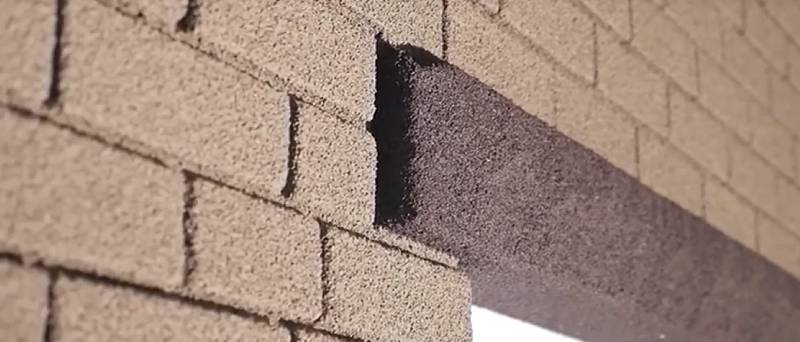
Thermal CorkShield™ is made by Vipeq. It isn't intended to be a 1:1 replacement with standard insulation. It's more of a supplement that can be used in conjunction with other methods.
Cork is made from dead tree bark, making it a natural-based and sustainable product. It is mixed with adhesive, and then sprayed onto the target surface. It is durable, and elastic, which means it can be applied to external surfaces, such as brick and stucco. It can also have dyes added, so it can be matched to the existing surface either to enhance or restore its looks. The dyes fade less than traditional paint.
Cork naturally has properties that have to be built into other insulation. It is fire-resistant, mold-resistant, and is great for soundproofing.
Recycled Denim
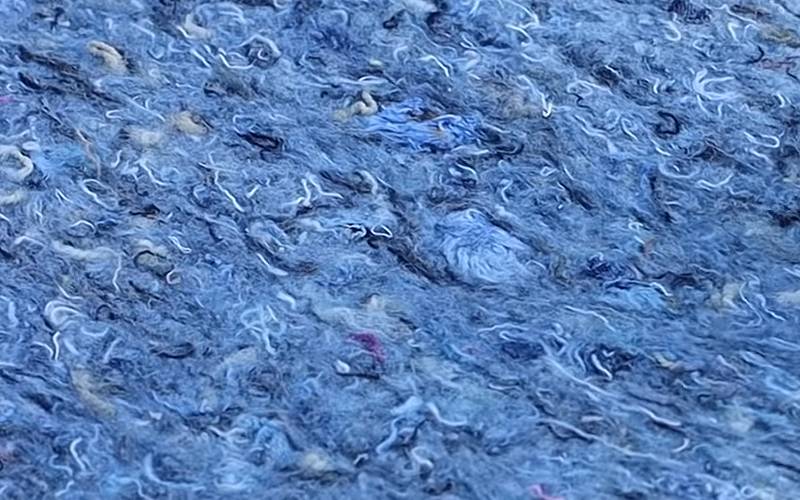
When old jeans get holes in the knees, they are no longer useful to wear. (Unless you like the "just survived a bear attack" look.) However, there is still a lot of usable fabric available. One great use for this is insulation.
To make denim insulation, you must first removed buttons, zippers, and rivets are removed. (Also remove that old tissue from the back pocket.) Once the metal is gone, the denim material can be cut into small pieces. It is then treated with boric acid to make it fireproof and pest proof, much like cellulose.
It comes in batts, and can be installed just like fiberglass. It has a high R Value of R3.9 per inch.
Concrete Foam

Airkrete makes a cement based insulation called GreenSulation™. It isn't a standard, heavy concrete mixture. It is made from magnesium oxide. During application, it is light and fluffy like whipped cream. Once it sets up, it makes a very lightweight concrete that will not shrink or settle over time. Because it is so light, it is perfectly suitable for ceilings and attics. Its R Value is higher than fiberglass.
Because it is concrete based, it is very fire resistant. Many insulation companies make this claim, but AirKrete is different. Normally when a flame is present, most fiberglass, foam, and cellulose insualtion will burn to varying degrees. Once the flame is removed, the insulation will stop burning. That's better than continuing to burn, but it's still not ideal. In a house fire, a flame won't just remove itself. We'd like an insulation that won't burn when a flame is still present. This is how GreenSulation™ works. It is a rock solid solution that can potentially save a home and the people inside.
Concrete based insulation is pest proof, mold-resistant, hypoallergenic, and it doesn't put off any dangerous fumes. No chemical additives are needed to achieve this. Because of its mass and structure, concrete is an excellent sound barrier.
DIY
If you want to insulate a shed or garden cabin, just to keep the temperatures fairly reasonable, there are many cheap DIY options. As long as it's not intended to be a living space, you can make some simple insulation out of leftover recyclables. Keep in mind, however, that most homemade insulation will probably not be very fire resistant. After choosing your materials, you may want to consider extra steps to make it safer.
Old Fabric - You can cut up old clothing and line a shed ceiling. Ideally, the old scraps will be packed into a fire resistant container of some sort.
Old Newspaper and Junk Mail - This is essentially what "cellulose insulation" is, but professionally made cellulose uses chemicals like boric acid and ammonium sulfate for fire, pest, and mold resistance.
Mud - A makeshift survival shelter can be insulated with densely packed mud. This is essentially a rough form of concrete.
